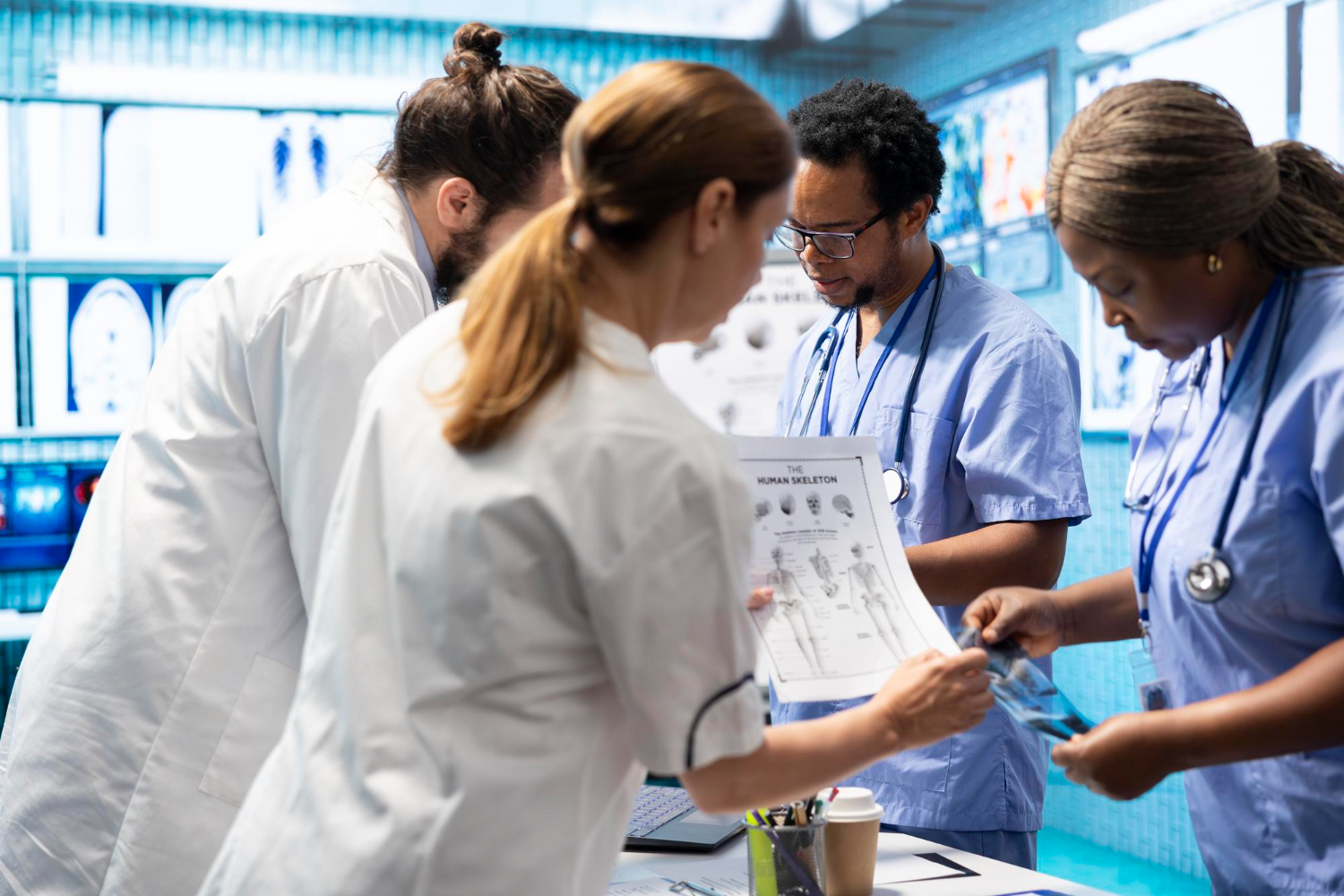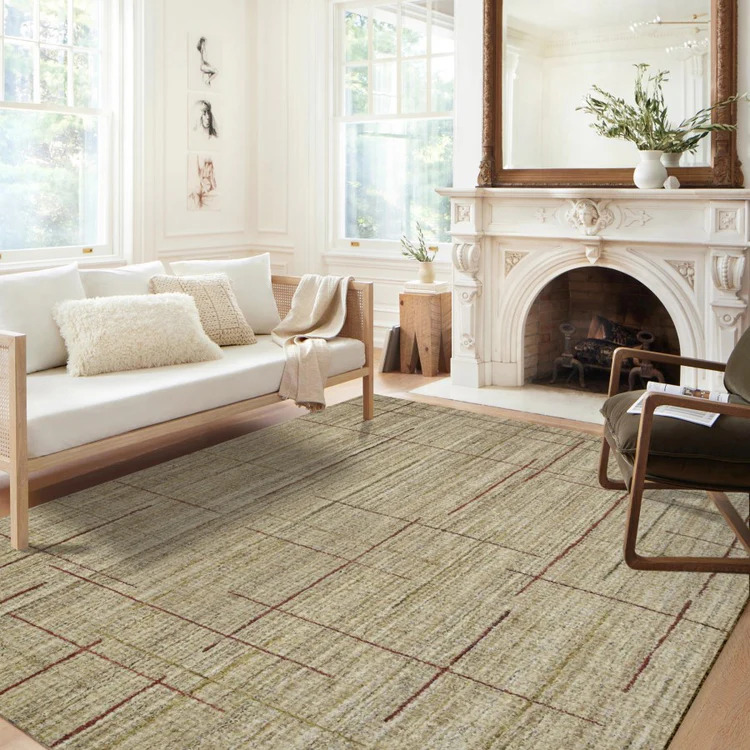Introduction
It’s no secret that seeing pimple-like bumps on your skin can be frustrating. Whether you’re dealing with them on your face, back, or chest, these bumps can cause confusion. “Is this acne, or could it be something else?” is a question many of us ask when these mysterious blemishes appear. But not all pimple-like bumps are created equal. While acne is the most common cause, various other skin conditions can present with similar symptoms.
In this article, we’ll explore the possible causes of pimple-like bumps, how to differentiate between acne and other conditions, and the best ways to treat and prevent them.
Understanding Pimple-Like Bumps
What Are Pimple-Like Bumps?
Pimple-like bumps are raised, often red or white, spots that appear on the skin, usually resembling acne. However, they can be more complex than just acne. While acne is typically associated with clogged pores and excess oil, pimple-like bumps can also be triggered by other factors such as infections, allergies, or even certain skin conditions.
How Do Pimple-Like Bumps Differ from Regular Acne?
The main difference between pimple-like bumps and regular acne lies in the cause and location. While acne usually occurs in areas with a lot of sebaceous (oil) glands like the face, chest, and back, other skin conditions might result in pimple-like bumps in areas where acne typically doesn’t appear. For example, you might see bumps on your arms or legs, which are more likely to be linked to conditions like keratosis pilaris.
Common Causes of Pimple-Like Bumps
Acne Vulgaris
The most common cause of pimple-like bumps is acne vulgaris. It occurs when hair follicles become clogged with oil, dead skin cells, and bacteria, leading to inflammation and breakouts.
Milia
Milia are small, white cysts that appear under the skin. They’re often mistaken for pimples, but they don’t have the same cause or treatment.
Folliculitis
Folliculitis is an infection of the hair follicles, usually caused by bacteria. It often appears as red, inflamed bumps that look like pimples.
Allergic Reactions
Certain skincare products, makeup, or even food can trigger allergic reactions that cause pimple-like bumps on the skin. The bumps usually appear after direct contact with an allergen.
Cystic Acne
Unlike regular acne, cystic acne forms deeper under the skin. These painful, large bumps are filled with pus and can lead to scarring if not treated properly.
Keratosis Pilaris
Keratosis pilaris (KP) results in small, rough bumps that often appear on the back of the arms, thighs, or buttocks. Though not harmful, they can look similar to acne, especially when inflamed.
Acne Vulgaris: The Most Common Culprit
Causes of Acne Vulgaris
Acne vulgaris is triggered by excess oil production, clogged pores, and bacterial growth. Hormonal fluctuations, stress, and diet can also contribute to the development of acne. It’s most common during puberty, but it can affect people of all ages.
Symptoms of Acne Vulgaris
Symptoms include pimples, blackheads, whiteheads, and cysts. These typically form on the face, chest, back, and shoulders.
Milia: Tiny White Bumps
What is Milia?
Milia are tiny, hard, white cysts that appear just beneath the skin’s surface. They are often mistaken for whiteheads or pimples but have a different cause.
Causes of Milia
Milia form when dead skin cells become trapped in the skin. They’re most common around the eyes and cheeks but can appear anywhere on the body.
Treatment for Milia
Milia usually resolve on their own over time, but gentle exfoliation and using a fragrance-free cream can help speed up the process without irritating sensitive skin.
Folliculitis: Infected Hair Follicles
What is Folliculitis?
Folliculitis occurs when hair follicles become infected with bacteria or fungi, causing red, swollen bumps that can resemble pimples.
Causes of Folliculitis
Common causes include shaving, friction from clothing, or contaminated water (like in hot tubs).
Symptoms of Folliculitis
Folliculitis often appears as red or white bumps surrounded by inflammation and sometimes pus. These bumps can be itchy or painful.
Allergic Reactions: Irritation and Inflammation
Common Allergens Causing Pimple-Like Bumps
Allergic reactions to certain ingredients in skincare products, makeup, or even food can cause pimple-like bumps. Fragrance, alcohol, and artificial colors in products are common culprits.
How to Identify Allergic Reactions
Look for a rash, swelling, or itching alongside the bumps. An allergic reaction typically appears within a few hours after exposure to the allergen.
Cystic Acne: Deeper, More Painful Bumps
What is Cystic Acne?
Cystic acne forms when deep blockages in the pores lead to inflammation. These are often large, painful bumps that are filled with pus.
Difference Between Cystic Acne and Regular Acne
Cystic acne differs from regular acne in its depth. It forms much deeper beneath the skin’s surface, leading to more significant inflammation and sometimes scarring.
Keratosis Pilaris: Bumps on Upper Arms and Thighs
What is Keratosis Pilaris?
Keratosis pilaris is a condition that causes the buildup of keratin around hair follicles. This results in small, rough, and sometimes red or white bumps.
Symptoms of Keratosis Pilaris
The bumps are often found on the upper arms, thighs, or buttocks and may appear worse in colder weather.
Treatment for Keratosis Pilaris
While there’s no cure for KP, treatments like exfoliation and using a fragrance-free cream can help reduce the appearance of the bumps.
How to Differentiate Between Acne and Other Skin Conditions
To distinguish between acne and other causes of pimple-like bumps, consider the following:
- Location: Acne typically appears on areas with high oil production, while conditions like milia or keratosis pilaris can affect other areas like the arms or legs.
- Appearance: Acne lesions are often red or inflamed, while milia are small and white.
- Pain: Cystic acne tends to be deeper and more painful than regular acne.
If you’re uncertain, consult a dermatologist for a proper diagnosis.
Effective Treatment for Pimple-Like Bumps
Topical Treatments for Acne
For acne, products containing benzoyl peroxide or salicylic acid are often effective in reducing inflammation and clearing clogged pores.
When to Use Prescription Medications
If over-the-counter treatments don’t work, prescription medications like topical antibiotics or retinoids may be necessary.
Fragrance-Free Cream: A Safe Alternative for Sensitive Skin
For conditions like milia or allergic reactions, a fragrance-free cream can help soothe the skin without causing further irritation.
Over-the-Counter Solutions
Common OTC solutions for pimple-like bumps include benzoyl peroxide for acne and salicylic acid for exfoliating the skin.
Prescription Treatments
If your bumps persist, your dermatologist may prescribe topical antibiotics or retinoids to address more stubborn acne or other skin conditions.
Prevention Tips for Avoiding Pimple-Like Bumps
Skincare Routine Tips
Keep your skin clean and moisturized. Choose products that suit your skin type and avoid harsh chemicals that can trigger irritation.
Lifestyle Changes
Eating a balanced diet, drinking plenty of water, and managing stress can also help in reducing breakouts and skin inflammation.
Conclusion
Identifying pimple-like bumps on your skin can be tricky, but understanding their cause is the first step in effective treatment. Whether it’s acne, milia, folliculitis, or another condition, knowing how to differentiate and treat them will help you find relief faster.
FAQs
- What causes pimple-like bumps on my arms?
Pimple-like bumps on the arms are often caused by keratosis pilaris or folliculitis. - Can acne cause bumps on my back?
Yes, acne can affect the back, leading to bumps and cysts in areas with many sebaceous glands. - How can I treat pimple-like bumps caused by allergic reactions?
Avoid allergens, and use gentle, fragrance-free cream to calm the skin. - What’s the difference between cystic acne and regular acne?
Cystic acne is deeper, larger, and more painful than regular acne, often requiring stronger treatment. - Are there natural remedies for pimple-like bumps?
Yes, using tea tree oil, aloe vera, and gentle exfoliation can help reduce mild pimple-like bumps.
To read more articles.







